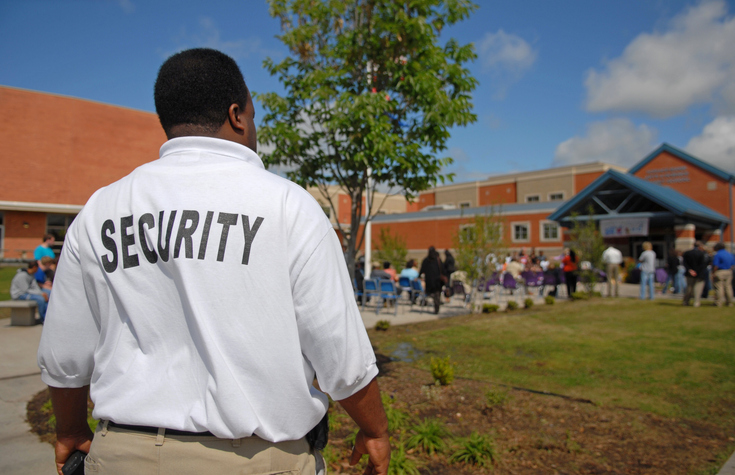The Partner Alliance for Safer Schools (PASS) has released the seventh edition of its Safety and Security Guidelines for K-12 Schools, which offer comprehensive information on practices for securing school facilities from subject matter experts across the education, public safety, and industry sectors.

The new release—including updates to the Safety and Security Guidelines and the School Safety and Security Checklist—improves on previous versions of the PASS guidance to make it more comprehensive, easier to use, and more reflective of K-12 schools’ evolving security needs and challenges.
According to PASS, the guidelines provide school administrators, school boards, and public safety and security professionals with a road map for implementing a layered and tiered approach to enhancing the safety of school environments and a tool to prioritize needs. Provided free of charge, the nonprofit’s guidelines have been downloaded by thousands of stakeholders and leveraged in many districts to evaluate and improve security infrastructure and procedures. New to the seventh-edition guidelines are the following features:
- Introduction of a new Digital Infrastructure Layer: This new layer recognizes the importance of cybersecurity and attentive management to digital systems and data. The addition of this layer takes a converged approach to security, dramatically expanding PASS beyond what was primarily a domain of physical security.
- Unification of the Property Perimeter and Parking Lot Layers into the new Campus Perimeter Layer: PASS’ many volunteer school security experts recognized that these layers are commonly approached from a unified safety standpoint.
- Detailed guidance on visitor entry: In addition to traffic-flow diagrams and example floor plans, this edition also extensively covers aspects like visitor management processes.
- Greater content on physical hardening: From topics like door construction to security film and window glazings to reinforcement of classroom walls, the seventh-edition guidelines add greater depth of content than before on aspects of physical hardening.
- Expanded information on panic alarm systems: As panic alarm systems have continued to prove valuable in school emergency situations, the newest edition increases guidance on this important solution.
- In-depth coverage of door locks and door devices: Properly locking doors is an essential component within a school, and this version covers the complexities of school-specific lock requirements with great nuance.
“More than a year of discussion and seeking input from school officials went into this revision,” said Chuck Wilson, chair of the PASS board of directors. He later added, “Version 7 embraces the emerging technologies while maintaining our fundamental belief that the basic and foundational methods and solutions are necessary.”
The latest guidelines are available here, and a matching security checklist tool is available here.
ALSO READ: Top 3 Areas to Improve School Security with Electronic Access Control
